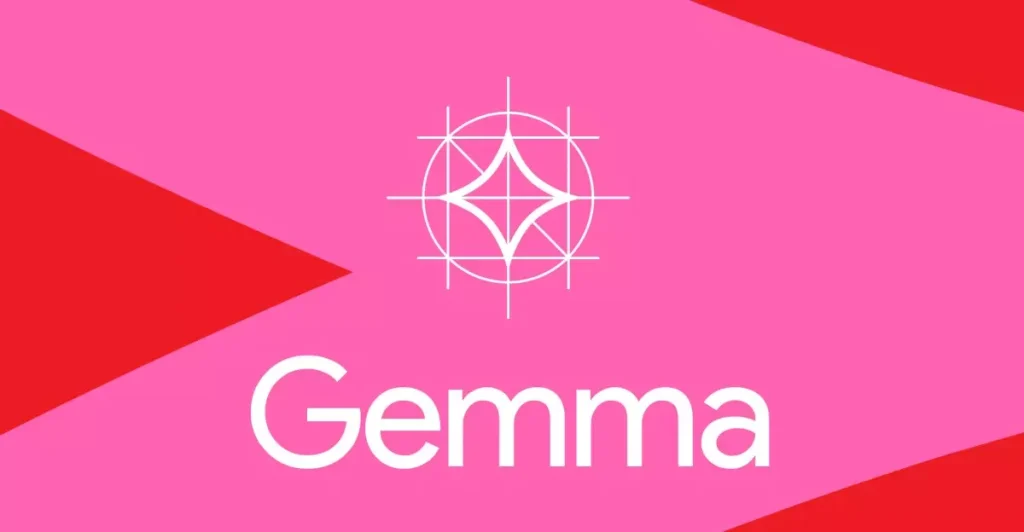Google’s Gemma 3 marks a breakthrough in AI, blending text, image, and video analysis to empower developers across devices, from phones to workstations. Supporting over 35 languages, it aims for global reach, positioning itself as a game-changer in AI accessibility. Google claims it’s the “world’s best single-accelerator model,” outpacing rivals like Llama and DeepSeek on single-GPU systems, with an enhanced vision encoder for high-res and non-square images. The ShieldGemma 2 safety classifier addresses ethical concerns by filtering harmful content, though its sufficiency in a risky digital world is questioned.

Gemma 3’s launch sparks debate over “open” AI, as its licensing restrictions challenge true open-source ideals. Google incentivizes adoption with Cloud credits and the Gemma 3 Academic program, offering researchers funding, yet this controlled approach raises concerns about stifling innovation. While excelling in STEM tasks, risks of misuse persist, leaving the balance between progress and accountability unclear. Gemma 3 isn’t just a model—it’s a catalyst for broader discussions on technology’s future, ethics, and society’s role in guiding AI’s path.




